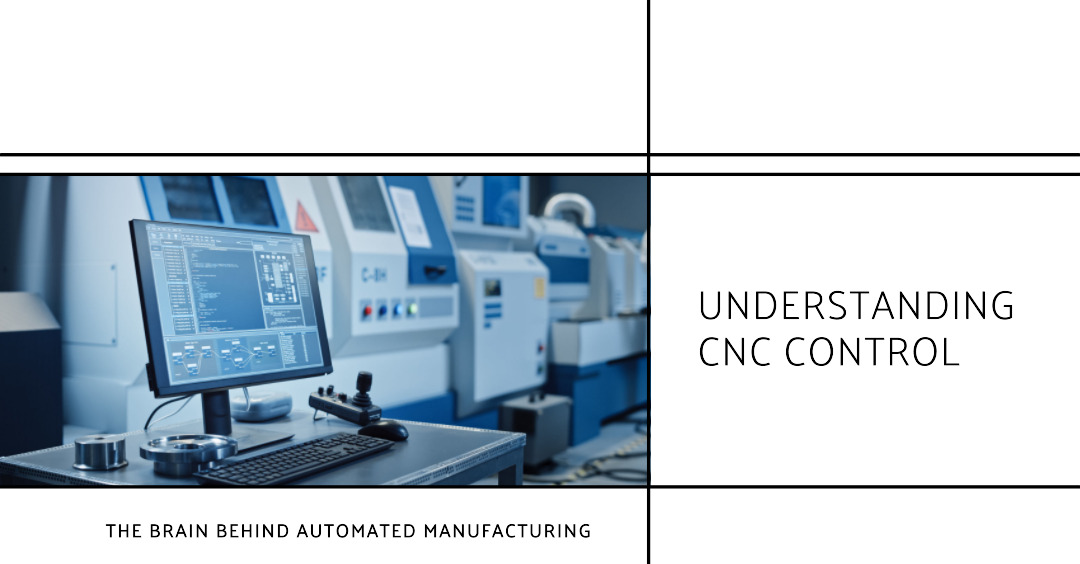Computer Numerical Control (CNC) is a revolutionary technology that has transformed the manufacturing industry. At the heart of this technology lies the CNC control system, a complex yet fascinating piece of engineering that orchestrates the precise movements of machines to create intricate parts with high precision. This article delves into the world of CNC control, exploring its history, functionality, and its pivotal role in modern manufacturing.
History of CNC Control
The concept of CNC control dates back to the 1940s, during the height of World War II. John T. Parsons, an American engineer, pioneered the development of numerical control for manufacturing, which was the precursor to modern CNC. The first CNC machines were rudimentary and relied on punched tape to store instructions. However, the advent of computers in the 1960s revolutionized CNC control, leading to the sophisticated systems we see today.
Understanding CNC Control
CNC control is essentially a computerized system that automates the operation of machine tools. It interprets a set of instructions, known as a program, and translates them into mechanical actions. The program, written in a special language called G-code, specifies the coordinates along which the machine should move, the speed of movement, and other operational details.
The CNC control system consists of several key components. The controller, often a microcomputer, is the brain of the system. It reads and interprets the G-code, then sends electrical signals to the machine's motors to initiate movement. The drive system, which includes the motors and amplifiers, converts these signals into physical motion. The feedback system, typically composed of sensors and encoders, monitors the machine's movements and ensures they align with the program's instructions.
The Role of CNC Control in Manufacturing
CNC control has revolutionized manufacturing in several ways. First, it has significantly increased precision. By controlling the machine's movements down to fractions of a millimeter, CNC systems can produce parts with intricate details and high accuracy. This precision is crucial in industries such as aerospace and automotive, where even the slightest error can have serious consequences.
Second, CNC control has enhanced productivity. Automated machines can operate around the clock without fatigue, leading to higher output. They can also perform complex operations that would be difficult, if not impossible, for human operators. This capability has expanded the range of products that manufacturers can produce.
Finally, CNC control has improved safety. By automating dangerous tasks, CNC systems reduce the risk of accidents and protect workers' health. They also minimize waste and environmental impact by optimizing material usage and reducing errors.
The Future of CNC Control
As technology continues to advance, CNC control systems are becoming more sophisticated. One emerging trend is the integration of artificial intelligence (AI) and machine learning. These technologies can optimize CNC operations by predicting tool wear, adjusting parameters in real-time, and learning from past performance to improve future operations.
Another trend is the rise of additive manufacturing, or 3D printing. While traditional CNC machines are subtractive (they remove material to create a part), 3D printers add material layer by layer. This shift requires new control strategies, and researchers are actively developing algorithms to meet this challenge.
Conclusion
CNC control is the cornerstone of modern manufacturing, enabling the production of complex parts with high precision and efficiency. As we look to the future, advancements in AI and additive manufacturing promise to push the boundaries of what CNC systems can achieve. Despite the complexity of CNC control, its principle is simple: transforming digital instructions into tangible products. This transformative power is what makes CNC control a fascinating and vital field of study.

